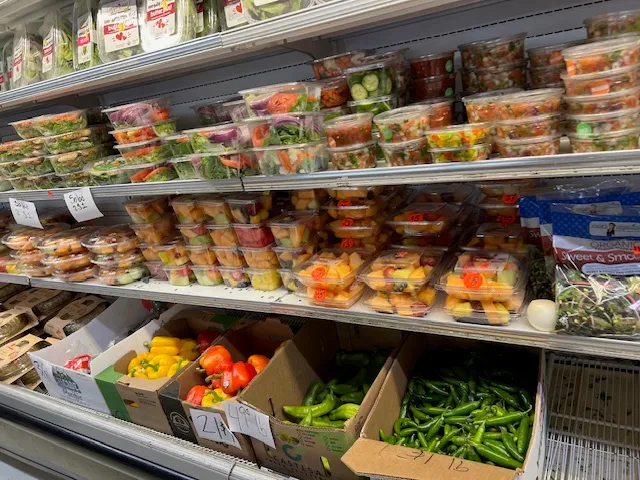Table of Contents
The Hidden Gold Mine: How Food Liquidators Are Revolutionizing Community Access to Affordable, Quality Food
In warehouses across America, a quiet revolution is taking place. While grocery stores discard tons of perfectly good food daily and families struggle with rising food costs, food liquidators are bridging this gap with a simple yet powerful concept: connecting surplus food with budget-conscious consumers at prices that seem almost too good to be true.
The Food Waste Crisis Meets Economic Reality
Every year, the United States wastes approximately 80 billion pounds of food—equivalent to 1,000 Empire State Buildings. Meanwhile, food prices have surged, leaving many middle-class families choosing between quality nutrition and financial stability. Food liquidators represent an innovative solution that tackles both problems simultaneously.
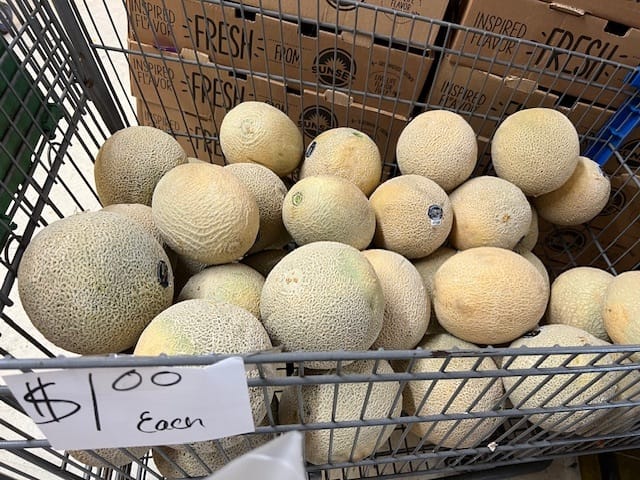
These businesses operate on a straightforward model: they negotiate with food warehouses, supermarkets, and farms to purchase excess inventory, surplus items, and products approaching their expiration dates. What these suppliers can't sell through traditional channels, liquidators acquire at deeply discounted rates—sometimes even for free. They then pass these savings directly to consumers, offering prices 50 to 85 percent below retail.
Inside the Food Liquidator Experience
Walking into a food liquidator feels different from your typical grocery store experience. The atmosphere is warehouse-like, bustling with activity, and admittedly chaotic. Rows of freezers and refrigerators house an ever-changing inventory that might include everything from premium organic produce to name-brand frozen foods. The selection is unpredictable—you might find gourmet cheese one week and tropical fruits the next.
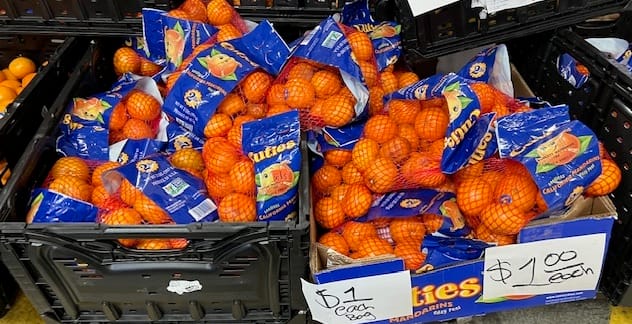
The shopping experience requires a different mindset. Customers become food detectives, carefully inspecting each item. That $6 bag of oranges available for $1 might contain a couple of overripe pieces, but the majority remain perfectly fresh. Smart shoppers learn to see past minor imperfections to recognize genuine value.
"You need to watch out for what you pick, paying attention to each item to make sure they are good to use," explains one regular customer. "But when you're saving 70 percent on groceries, a little extra scrutiny is worth it."
The Art of Strategic Shopping
Successful food liquidator shopping requires strategy and preparation. Experienced customers recommend:
Immediate consumption planning: Items like strawberries and blueberries require quick action. Sort through purchases immediately, removing any spoiled pieces, then wash and consume what you can fresh while freezing the remainder for smoothies and future use.
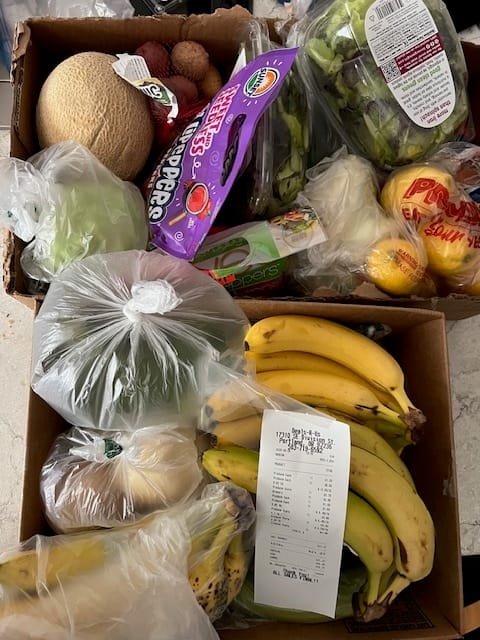
Batch processing: Buy vegetables in larger quantities, then spend time washing, cutting, and portioning them into labeled freezer bags. This approach maximizes both savings and convenience.
Quality assessment skills: Learning to identify which items are truly still good versus those past their prime becomes second nature with practice.
Bring your own bags: Most liquidators don't provide shopping bags, but they typically offer free produce boxes for transport.
Beyond Individual Savings: Community Impact
Food liquidators serve a crucial role that extends far beyond individual savings. They occupy a unique position between traditional grocery stores and food banks, serving middle-class families who earn too much to qualify for assistance programs but still struggle with food costs.
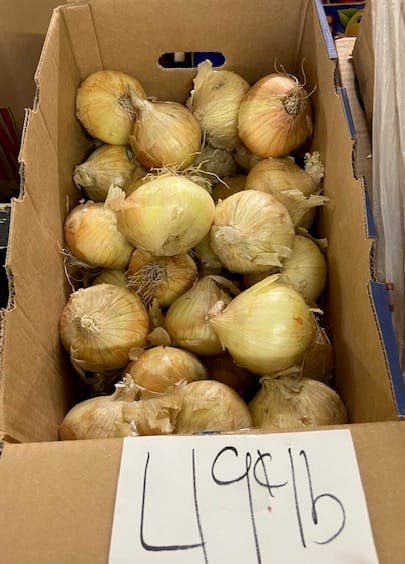
This model removes the stigma often associated with seeking food assistance. Customers are paying for their groceries—just at dramatically reduced prices. The shopping experience, while different, maintains the dignity of consumer choice and market-based transactions.
The Business Case for Food Suppliers
For food businesses, liquidators represent a win-win opportunity. Instead of absorbing total losses on unsold inventory, suppliers can recover some costs while dramatically reducing waste disposal expenses. This partnership model allows:
Revenue recovery: Converting waste into revenue, even at reduced margins Environmental responsibility: Significantly reducing food sent to landfills Brand protection: Ensuring products reach consumers rather than creating waste Operational efficiency: Streamlining inventory management and disposal processes
Importantly, this system doesn't compete with food banks and pantries. The scale of food waste is so enormous that there's room for multiple solutions. Liquidators can handle surplus that might otherwise overwhelm charitable organizations while still leaving plenty for traditional food assistance programs.
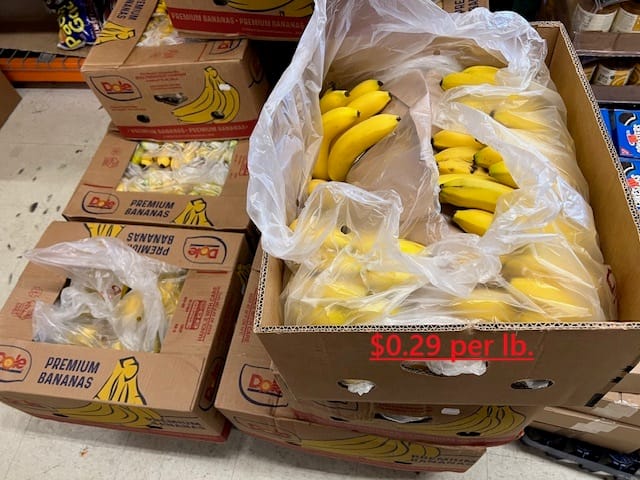
Building Community Food Security
The food liquidator model points toward a more resilient and inclusive food system. By creating multiple pathways for food distribution, communities become less vulnerable to supply chain disruptions and price volatility. These businesses also tend to be locally owned and operated, keeping economic benefits within the community.
Food Pulse, an organization promoting this concept nationwide, envisions food liquidators becoming standard fixtures in communities across America. Their goal is to normalize this shopping model, making it as routine as visiting farmers markets or warehouse stores.
The Path Forward
As food costs continue to rise and environmental concerns grow, food liquidators offer a practical solution that benefits everyone involved. They provide affordable access to quality food, reduce environmental waste, and help businesses recover value from surplus inventory.
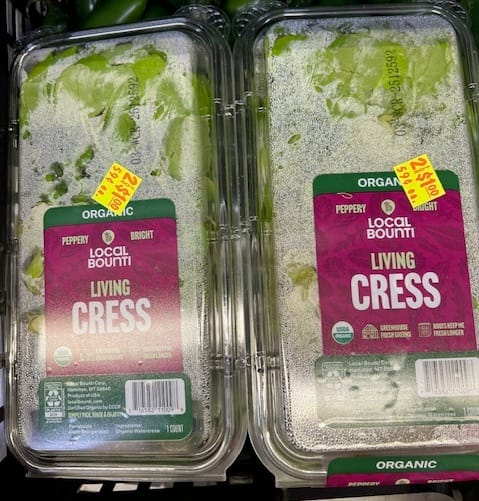
For consumers willing to embrace a more flexible shopping experience, food liquidators represent an opportunity to significantly reduce grocery expenses while accessing high-quality products. For businesses, they offer a responsible way to handle surplus inventory while maintaining profitability.
The success of food liquidators ultimately depends on changing perceptions about food shopping. When communities recognize that slightly imperfect produce or products near their expiration dates can still provide excellent value and nutrition, these businesses thrive.
As more communities discover this model, food liquidators may well become the bridge between our wasteful food system and a more sustainable, equitable future where good food is accessible to all, regardless of economic status.
The next time you see a warehouse-style store advertising deeply discounted groceries, consider stepping inside. You might discover that one person's surplus is truly another's treasure—and that feeding your family well doesn't have to break the bank.

